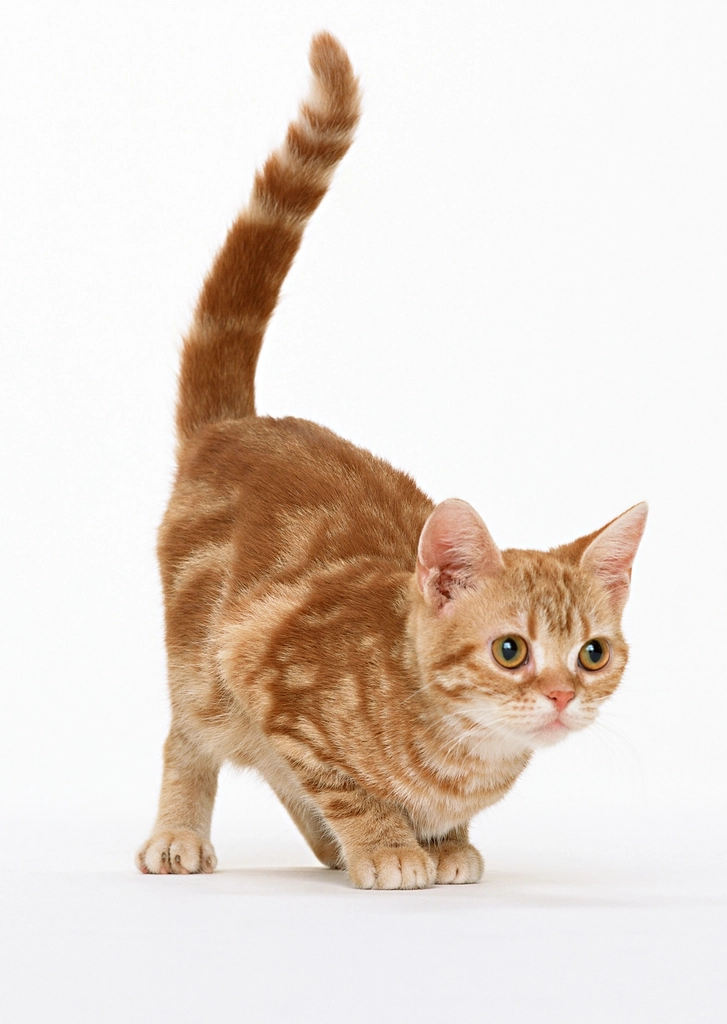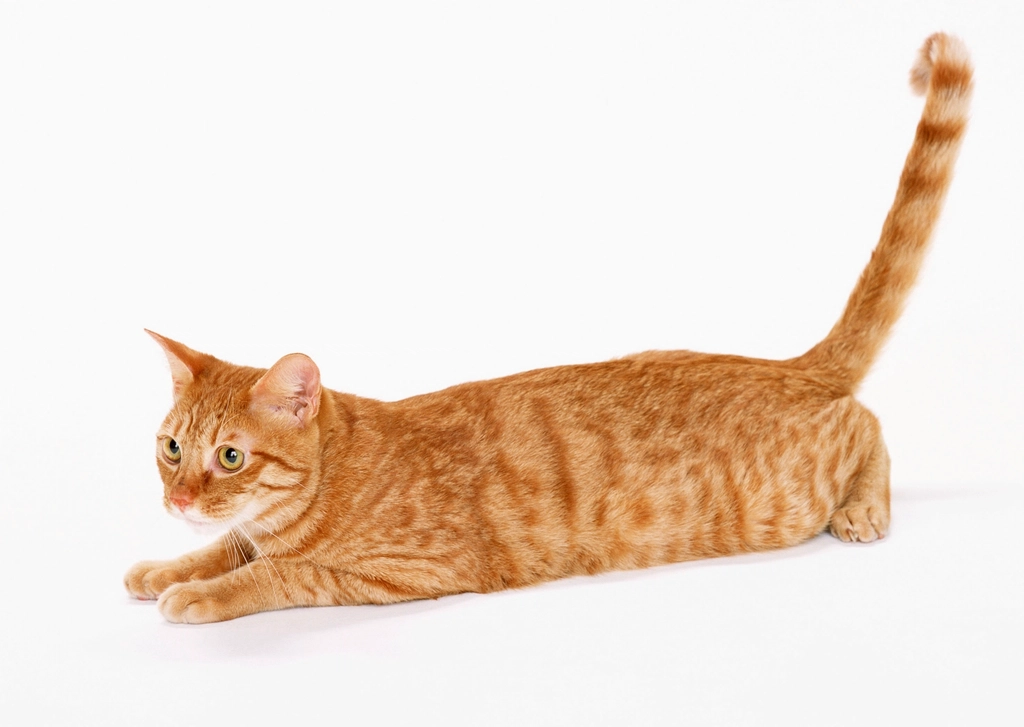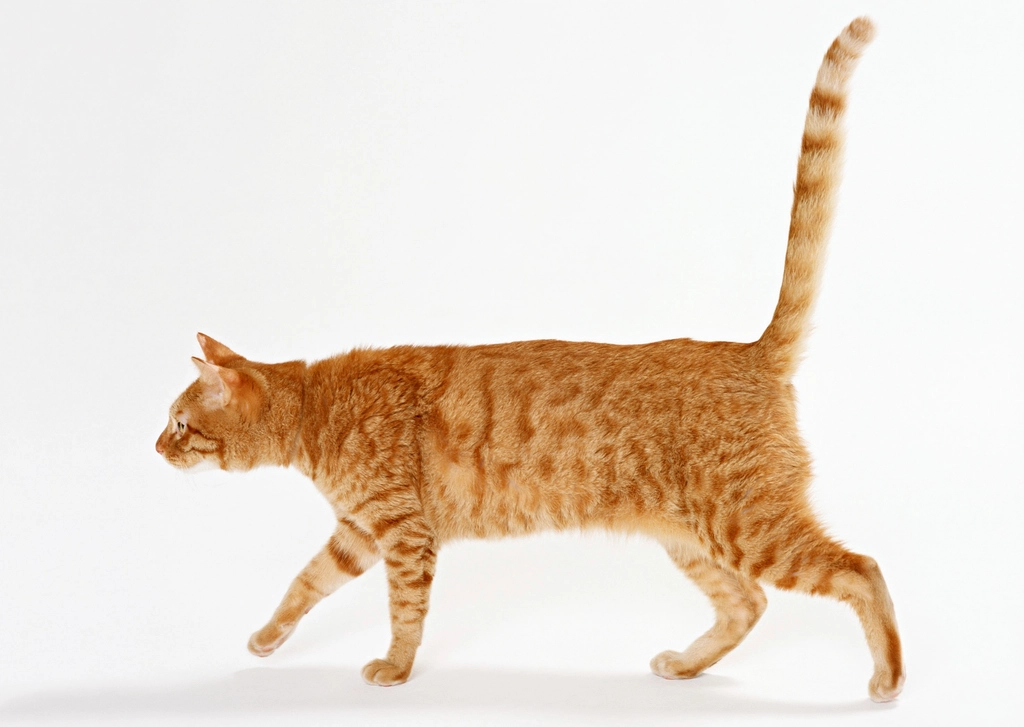Have you ever wondered if your cat’s tail is telling you secrets about how they really feel about you? Imagine coming home after a tough day, and your cat greets you with their tail upright, gently quivering at the tip. Is it simply a quirky habit, or could it be a sign of deep affection? For cat lovers everywhere, decoding the mysterious language of tails is both puzzling and fascinating. It’s time to dive into the surprising world of feline tail talk — and discover what your cat’s tail might be saying about your special bond.
The Mysterious Language of Cat Tails

Cats are notorious for being enigmatic creatures, but their tails are actually an open book—if you know how to read them. Unlike dogs, who often wag their tails in excitement, a cat’s tail can signal a whole spectrum of emotions. From subtle twitches to dramatic flourishes, every movement carries a message. Understanding this language is like learning to interpret a secret code shared between you and your feline friend. Tail signals can indicate happiness, fear, annoyance, or even a heartfelt greeting. Some tail gestures are so subtle that only a truly attentive cat parent will notice them, deepening the sense of connection. Learning these cues brings you closer to your cat’s inner world, fostering a stronger and more trusting relationship.
Why Do Cats Use Their Tails to Communicate?

Cats evolved as both predators and prey, so communication was essential for survival. Their tails became a vital tool for signaling intentions to others—both feline and human alike. While meows and purrs are common ways cats communicate with us, tail movements are often more honest and revealing. Unlike vocalizations, tail language is harder for a cat to fake, giving you an authentic glimpse into their emotional state. Tails transmit signals over distance, helpful when cats don’t want to get too close but still need to send a message. This form of communication is especially useful in multi-cat households, where boundaries and hierarchies must be established without violence. The tail, in this sense, is almost like a feline semaphore.
The Upright Tail: A Sign of Affection

One of the most heartwarming sights is a cat approaching with their tail held high. This classic pose is often a signal of confidence, contentment, and, most importantly, affection. When your cat greets you with an upright tail, it’s like they’re waving a little flag just for you. Kittens use this posture to approach their mothers, and adult cats often reserve it for people or animals they trust. Some even add a subtle quiver at the tip, which is thought to be an extra dose of excitement. This is your cat’s way of saying, “I’m happy to see you, and I feel safe in your presence.” If your cat regularly displays this gesture, it’s a clear sign that your bond is strong and secure.
Tail Quivering: The Ultimate Compliment

If you’ve ever noticed your cat’s tail trembling or quivering when they see you, consider it the feline equivalent of a delighted squeal. This movement is often reserved for moments of pure joy and excitement, such as when you come home after being away. It’s a little like when a friend can’t stop themselves from grinning ear to ear. Some experts believe this quiver is a sign of intense affection or anticipation. In multi-cat homes, this behavior is usually directed at favorite humans rather than other cats, making it feel even more special. Watching a cat’s tail quiver in your presence is a quiet but powerful reminder of your unique connection.
The Curved or Question Mark Tail: Playfulness and Curiosity

A cat with a tail shaped like a question mark is in a playful and inquisitive mood. This tail position often appears when your cat is feeling especially friendly and wants to interact with you. It’s as if they’re inviting you into their world for a little fun. You might see this gesture during games of chase, or when your cat is exploring a new environment. The gentle curve signals both openness and excitement, making it a positive sign for your relationship. If your cat greets you with a question mark tail, take it as an invitation to engage and bond. Cats who feel safe and happy in your presence are more likely to display this playful posture.
Low Tail: Caution or Uncertainty

When a cat holds their tail low or close to the ground, it’s usually a sign of caution or unease. This posture is common when they’re in unfamiliar territory or meeting new people. It’s their way of signaling that they’re not quite sure if everything—and everyone—can be trusted. For a cat owner, noticing a low tail can be a cue to offer reassurance and give your cat some space. If your cat’s tail is low when they’re around you, it may mean your bond is still developing or that they’re feeling anxious. Over time, as trust builds, you’ll likely see that low tail gradually rise. Patience and gentle interaction can help shift this posture into more confident displays.
Bristled or Puffed-Up Tail: Fear or Defensive Bonding

A cat with a bristled or puffed-up tail looks twice as large as usual—and that’s no accident. This dramatic display is a clear signal of fear or extreme agitation. Sometimes, it’s triggered by a sudden noise or a perceived threat. While it may seem alarming, this response is actually a sign that your cat is trying to protect themselves—or even you. In a strange way, a bristled tail can reflect a protective instinct, showing that your cat values their environment and the people in it. If this happens frequently, it may be worth considering what’s causing their stress. A strong, trusting bond can help soothe your cat and reduce these defensive reactions over time.
Slow Tail Swish: Mild Irritation or Focus

A slow, deliberate swish of the tail signals that your cat is mildly irritated or deep in concentration. This is often seen when a cat is stalking a toy or watching birds out the window. The movement is rhythmic and controlled, not frantic. If you notice this tail behavior when you’re petting your cat, it may be a sign that they’ve had enough affection for now. Respecting this signal helps maintain trust and ensures that your cat feels heard. Over time, you’ll learn to distinguish between a swish of irritation and one of focused interest—both are important clues about your cat’s mood and your relationship.
Fast Tail Flicking: Annoyance or Overstimulation

When a cat’s tail starts flicking back and forth quickly, it’s time to pay attention. This movement is a clear sign of annoyance, frustration, or overstimulation. You might see it during a play session that gets too intense, or when your cat is confronted with something they don’t like. Fast flicking can escalate into more dramatic behaviors if ignored, such as hissing or swatting. Recognizing this early warning sign allows you to adjust your interactions and prevent negative outcomes. A strong bond is built on understanding and respecting these signals, showing your cat that you care about their comfort and boundaries.
Tail Wrapped Around You: Trust and Intimacy

One of the most touching tail gestures is when a cat wraps their tail around your arm, leg, or even another cat. This behavior is the feline equivalent of a hug—an expression of trust, affection, and deep comfort. Some cats will curl their tail around your hand when you’re petting them, as if to say, “Don’t stop.” This gesture is usually reserved for those they feel closest to, making it a rare and precious sign of a strong bond. If your cat does this, you can feel confident that you’ve earned their trust in a way that words could never express.
Tail Tucked Under: Submission or Fear

A cat with their tail tucked tightly under their body is feeling scared, anxious, or submissive. This posture is a defensive one, meant to make them seem smaller and less noticeable. It’s often seen at the vet or during stressful situations. For a cat owner, this is a signal to provide gentle reassurance and a safe environment. Never force interaction when your cat is in this state—let them come to you when they’re ready. Over time, consistent kindness and patience will help your cat feel secure enough to show more open tail postures.
Tail Straight Out: Alertness or Uncertainty

When a cat holds their tail straight out behind them, it can be a sign of alertness or uncertainty. This position is often seen when a cat is exploring new territory or meeting someone unfamiliar. It’s like a balancing act—a way for your cat to stay ready for anything. This neutral tail posture suggests your cat is open to interaction but still weighing their options. Observing how your cat transitions from this posture to others can offer valuable clues about their comfort level with you. A tail that goes from straight out to upright is a beautiful sign that your relationship is blossoming.
Gentle Tail Wag: Contentment and Relaxation

A slow, gentle wagging of the tail, especially when your cat is lounging beside you, can signal contentment and relaxation. Unlike dogs, cats use this movement to show they’re comfortable and at ease in your company. You might notice this when your cat is dozing in your lap or stretching out in a sunbeam. This relaxed gesture is a reassuring sign that your presence makes your cat feel safe. Enjoying these quiet moments together helps reinforce the bond you share and creates lasting memories.
Tail Flicking While Sleeping: Dreaming of You?

Ever seen your cat’s tail twitch or flick while they’re asleep? It’s a surprisingly adorable sight and may have more meaning than you think. Some experts believe these movements are related to dreaming or processing experiences from the day. If your cat’s tail twitches when you’re nearby, it could be a sign that they feel secure enough to let their guard down. Watching your cat sleep so peacefully—and seeing those little tail flicks—can be a gentle reminder of the trust and love you share. It’s a quiet, vulnerable moment that speaks volumes about your bond.
Tail as a Social Tool: Bonding With Other Cats and Humans

Cats don’t just use their tails to communicate with humans; they also signal to other cats. A tail held high can be a friendly greeting, while a low or puffed tail is a warning. When cats wrap tails around each other, it’s a sign of friendship and alliance. These social signals help cats navigate complex relationships, both with their feline companions and their favorite humans. By learning to read your cat’s tail language, you become part of their social circle. This shared understanding is the foundation of a deep and lasting bond.
The Role of Breed and Individual Personality

Not all cats use their tails in exactly the same way. Some breeds, like the expressive Maine Coon or the curious Siamese, are known for their dramatic tail movements. Other cats may be more reserved, showing only subtle shifts in tail position. Individual personality also plays a huge role—some cats are naturally more demonstrative, while others are shy or stoic. Getting to know your cat’s unique style takes time and patience. Over time, you’ll develop a personal “tail dictionary” that’s specific to your cat, making your relationship even more special.

Linnea is a born and bred Swede but spends as much time as possible in Cape Town, South Africa. This is mainly due to Cape Town’s extraordinary scenery, wildlife, and atmosphere (in other words, because Cape Town is heaven on earth.) That being said, Sweden’s majestic forests forever hold a special place in her heart. Linnea spends as much time as she can close to the ocean collecting sea shells or in the park admiring puppies.





